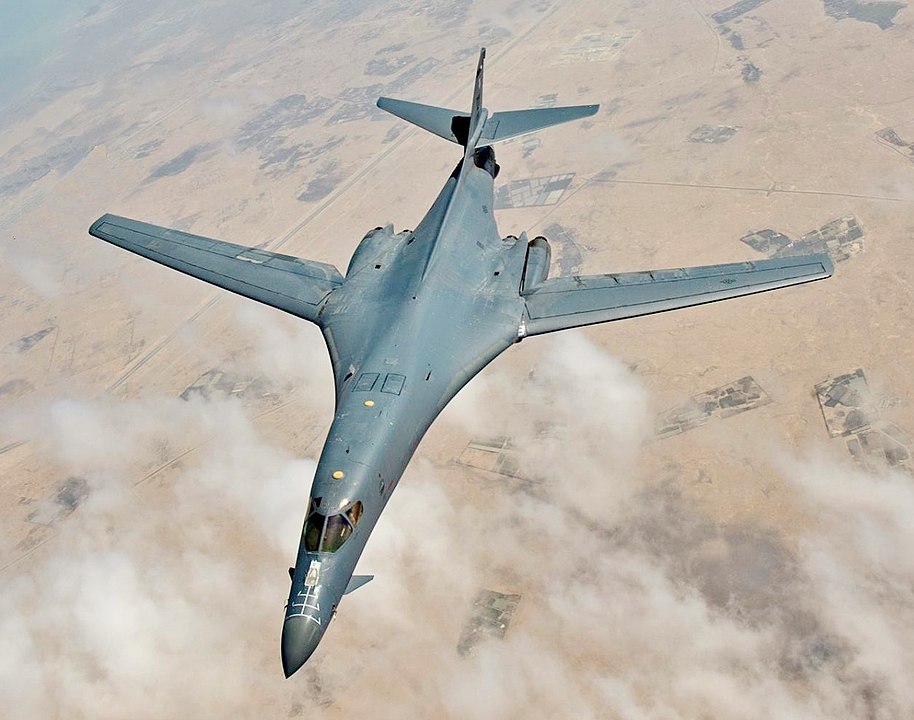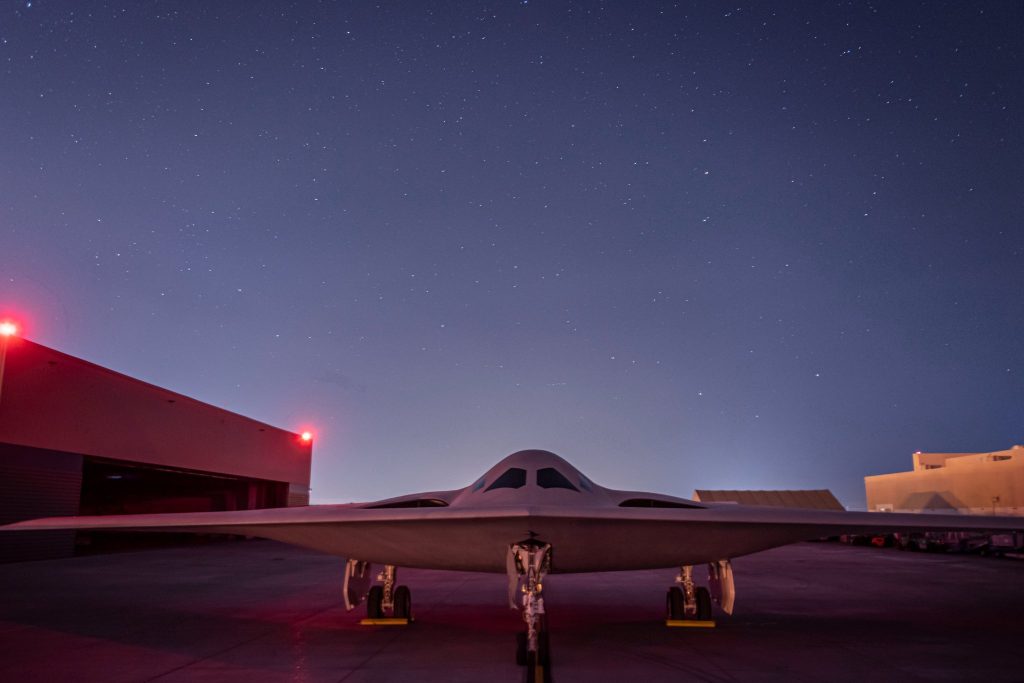
In 2021, the United States Air Force has retired 17 of its B-1B Lancer bombers, marking a significant shift in its long-range strike capabilities.

This decision is part of a broader plan to gradually decommission the entire B-1B fleet, making room for the highly anticipated B-21 Raider. The heavy use and costly maintenance of the aging B-1Bs have spurred this transition, which aims to modernize the USAF’s arsenal with more advanced and cost-effective options.

The retirement of the 17 bombers was completed in September 2021, with the last aircraft making its journey from Edwards Air Force Base in California to the aircraft boneyard at Davis-Monthan Air Force Base in Arizona. As stated by Brig.

Gen. Kenyon Bell, AFGSC director of logistics and engineering, “With fewer aircraft in the B-1 fleet, maintainers will be able to give more time and attention to each aircraft remaining in the fleet.”

The B-1B Lancer, which has been in service since 1985, has been a workhorse for the USAF, especially in missions conducted in the U.S. Central Command. These operations often included roles such as close air support, which the B-1B was not initially designed to perform.

The aircraft’s participation in such missions has taken a toll, leading to a significant reduction in combat readiness and necessitating costly stand-downs to address various issues ranging from onboard fires to malfunctioning ejection seats.

Despite its stellar performance in combat operations, the B-1B has faced a rough stretch in recent years. An incident involving a B-1B of the 28th Bomb Wing at Ellsworth Air Force Base, which occurred under low visibility and freezing conditions, resulted in a crash on the runway, thankfully without fatalities due to the ejection of all four crew members.

Following the crash on January 4th, the base moved some of its remaining bombers to Dyess Air Force Base in Texas, ensuring continued training and readiness while the investigation is ongoing.

This latest round of retirements will shrink the fleet of B-1Bs from about 100 to 45 operational aircraft, housed at Ellsworth and Dyess. The Air Force has outlined that the Lancer fleet’s divestiture will allow for a more focused maintenance approach and pave the way for the dual-capable and stealthy B-21 Raider, now in production by Northrop Grumman.

The transition reflects a strategic shift towards a two-bomber inventory comprised of the forthcoming B-21 and the B-52H Stratofortresses, which have been in service for over six decades. The Air Force is yet to announce further retirements of the B-1Bs or the drawdown schedule for the B-2 Spirit fleet. However, the remaining B-1Bs continue to play an important role as long-range weapon carriers, with the unique capability to launch long-range anti-ship missiles and potentially hypersonic weapons.

In light of these advancements, the USAF is committed to maintaining a powerful and versatile aerial strike force, capable of meeting the demands of modern warfare. The B-21 Raider is expected to start arriving in the mid-2020s, providing a leap forward in technology and efficiency. Until then, the remaining B-1Bs will remain an integral part of the USAF’s long-range strike capabilities, standing as a testament to their legacy and service.
related images you might be interested.









